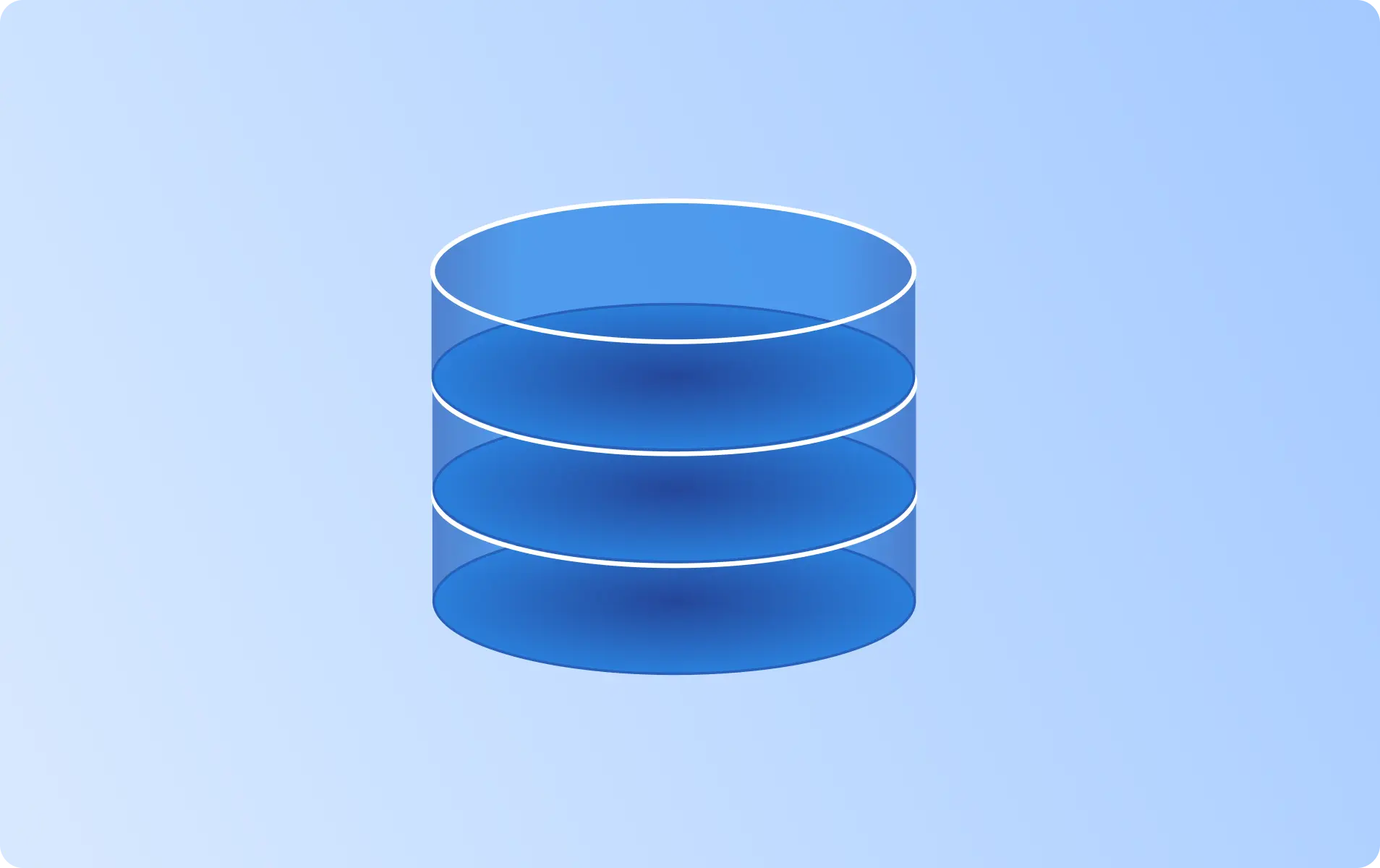Best Fashion & Apparel Datasets & Database Sources

- Overview
- Datasets
- Providers
- Use Cases
- Attributes
- FAQ
- Overview
- Datasets
- Providers
- Use Cases
- Attributes
- FAQ
What is Fashion & Apparel Data?
Fashion and apparel data refers to information and statistics related to the clothing and fashion industry. It includes data on trends, styles, designs, materials, sizes, pricing, sales, and consumer preferences. This data is collected from various sources such as retail stores, e-commerce platforms, fashion shows, social media, and surveys. Analyzing fashion and apparel data helps businesses make informed decisions regarding product development, marketing strategies, inventory management, and forecasting demand. In this page, you’ll find the best data sources for fashion and apparel data.
Best Fashion & Apparel Databases & Datasets
Here is our curated selection of top Fashion & Apparel Data sources. We focus on key factors such as data reliability, accuracy, and flexibility to meet diverse use-case requirements. These datasets are provided by trusted providers known for delivering high-quality, up-to-date information.

Fashion & Apparel Data | Apparel, Fashion & Luxury Goods Professionals in Asia | Verified Global Profiles from 700M+ Dataset

Apparel & Fashion Product Sales Volume Data

Fashion & Apparel Data | Apparel, Fashion & Luxury Goods Professionals in North America | Verified Global Profiles from 700M+ Dataset
Transact US Fashion & Apparel, Accessories, Footwear Transaction Data | Retail Store Data, Online Data | 100M Credit & Debit Cards, 600 Tickers

Fashion & Apparel Data | Global Apparel & Luxury Goods Companies | Verified Contacts & Brand-Level Insights | Best Price Guaranteed

Canadian Consumer Spending Data | All Geographies including Postal Codes | Annual Updates

99finder | Wholesalers, Importers & Distributors Database with 32M Companies | 150+ Countries | Verified Contact Details

Fashion & Apparel Data | Latin American Market | Verified Luxury, Retail & E-commerce Professionals | Best Price Guaranteed

Employee Data | Apparel, Fashion & Luxury Goods Professionals in Europe | Verified Global Profiles from 700M+ DB | Best Price Guarantee

Retail Data | European Retail & E-commerce Businesses | Verified Company & Contact Profiles | Best Price Guarantee
Can't find the data you're looking for?
Let data providers come to you by posting your request
Post your request
Top Fashion & Apparel Data Providers & Companies
Popular Use Cases for Fashion & Apparel Data
Fashion & Apparel Data is essential for a wide range of business applications, offering valuable insights and driving opportunities across industries. Below, we have highlighted the most significant use cases for Fashion & Apparel Data.
Main Attributes of Fashion & Apparel Data
Below, we outline the most popular attributes associated with this type of data—features that data buyers are actively seeking to meet their needs.
| Attribute | Type | Description | Action |
|---|---|---|---|
| String | The name of a company or business, might be the legal or brand name. | View 7 datasets | |
| Text | A description of a company. | View 6 datasets | |
| String | The approx. number of employees working for a company. | View 6 datasets | |
| String | The industry classification of a company. | View 6 datasets | |
| String | The LinkedIn profile of a company. | View 6 datasets | |
| String | The official website of a company. | View 6 datasets |
Frequently Asked Questions
How is the Quality of Fashion & Apparel Data Maintained?
The quality of Fashion & Apparel Data is ensured through rigorous validation processes, such as cross-referencing with reliable sources, monitoring accuracy rates, and filtering out inconsistencies. High-quality datasets often report match rates, regular updates, and adherence to industry standards.
How Frequently is Fashion & Apparel Data Updated?
The update frequency for Fashion & Apparel Data varies by provider and dataset. Some datasets are refreshed daily or weekly, while others update less frequently. When evaluating options, ensure you select a dataset with a frequency that suits your specific use case.
Is Fashion & Apparel Data Secure?
The security of Fashion & Apparel Data is prioritized through compliance with industry standards, including encryption, anonymization, and secure delivery methods like SFTP and APIs. At Datarade, we enforce strict policies, requiring all our providers to adhere to regulations such as GDPR, CCPA, and other relevant data protection standards.
How is Fashion & Apparel Data Delivered?
Fashion & Apparel Data can be delivered in formats such as CSV, JSON, XML, or via APIs, enabling seamless integration into your systems. Delivery frequencies range from real-time updates to scheduled intervals (daily, weekly, monthly, or on-demand). Choose datasets that align with your preferred delivery method and system compatibility for Fashion & Apparel Data.
How Much Does Fashion & Apparel Data Cost?
The cost of Fashion & Apparel Data depends on factors like the datasets size, scope, update frequency, and customization level. Pricing models may include one-off purchases, monthly or yearly subscriptions, or usage-based fees. Many providers offer free samples, allowing you to evaluate the suitability of Fashion & Apparel Data for your needs.
What Are Similar Data Types to Fashion & Apparel Data?
Fashion & Apparel Data is similar to other data types, such as Loyalty Card Data, Flexible Workspace Data, Public Sector Data, Infrastructure Data, and Beauty & Cosmetics Data. These related categories are often used together for applications like Product Data Enrichment.




